The Basics to BioAge
Biological age in the Vitalmonitor is a comparative determination of the control of the organism of a person with average values of a certain age. Specifically, this means that the human aging process is also accompanied by a "loss of function" of the control of vital organs.
The Dan Belsky Study
Dan Belsky of Duke University in America examined a wide variety of organic parameters in over 1000 New Zealanders, all of whom were calendrically 38 years old. These included bone density, heart function, kidney function, neurovegetative control, hormone status of various hormones, etc. From all these data he calculated a "biological age" for each person. This was, remarkably, in some cases well below 30 years, but also ranged well above 60 years. In concrete terms, this means that the organisms of the study participants sometimes "functioned" significantly better, but also considerably worse than the average age. Early recognition, according to Belsky, enables faster and easier correction through conscious changes in behavior.
The Bio-Age at the Vitalmonitor
In the Vitalmonitor, the bio-age is derived from the "neurovegetative control" of the organism - illustrated by the control of the heartbeat. The quality of these control processes is subject to a natural aging process. At the beginning we oriented ourselves to data of scientific investigations and sharpened these up to the today's day with approx. 3 million individual measurements additionally. This results in an age-specific correlation in which HRV is higher on average in younger years and a "loss of function" occurs with increasing age.
This reduction in heart rate variability with age is due to a reduction in the function of the parasympathetic nervous system, which is primarily responsible for the range of variation in HRV. The parasympathetic nervous system is a nerve that, like a power cable, causes an impulse at the respective target organ to provide relief. It has a protein layer that surrounds it and thus "shields" it from the outside. However, this insulation ages and as a result, the shielding suffers, causing "conduction losses" that result in less regenerative influence. This systematically reduces the range of heartbeat fluctuation - HRV decreases with aging.
The BioAge in everyday life
Through our lifestyle, however, we can influence the neurovegetative control just as much - positively as negatively. Permanent stress, too intensive sports training, lack of sleep, massive nutritional deficiencies, acute or chronic illnesses and much more can systematically lead to a reduction in the function of the parasympathetic nervous system (i.e. the relief and recovery function), resulting in a neurovegetative image of a much older person. Thus, at a high biological age, the drive (sympathetic nervous system) dominates and the relief (parasympathetic nervous system) does not provide adequate compensation (anymore).
Short-term phenomena that lower HRV should not really matter in this consideration (they are found in the changes of HRV from measured value to measured value). However, the bio-age should represent a stable basic statement that responds only to systematic changes. We have implemented this in our calculation to first indicate a systematic change (positive or negative), but not a momentary single value (slept through night).
We derive the bio-age only from the morning measurements, because we expect the most stable comparable state in the longitudinal section after the reset by sleep. If the Bio-Age increases, we can assume that in the medium term the stresses dominate and the relief cannot achieve an adequate compensation. With a change in living conditions, a reappraisal of the stress surplus that has arisen can take place here, whereby the Bio-Age can also decrease again.
Conclusion
The Bio-Age can be significantly above or below the calendar age. If it is above, it is necessary to think about the reasons for this and what measures can be taken to improve the situation. Factors that produce an unnaturally high HRV (e.g.: massive extrasystoles, unclean measurements, ...), of course, also have a potentially falsifying effect in the bio-age. However, as a trend indicator, the biological age can be perfectly used for training control (sports) and load control (everyday life, work).


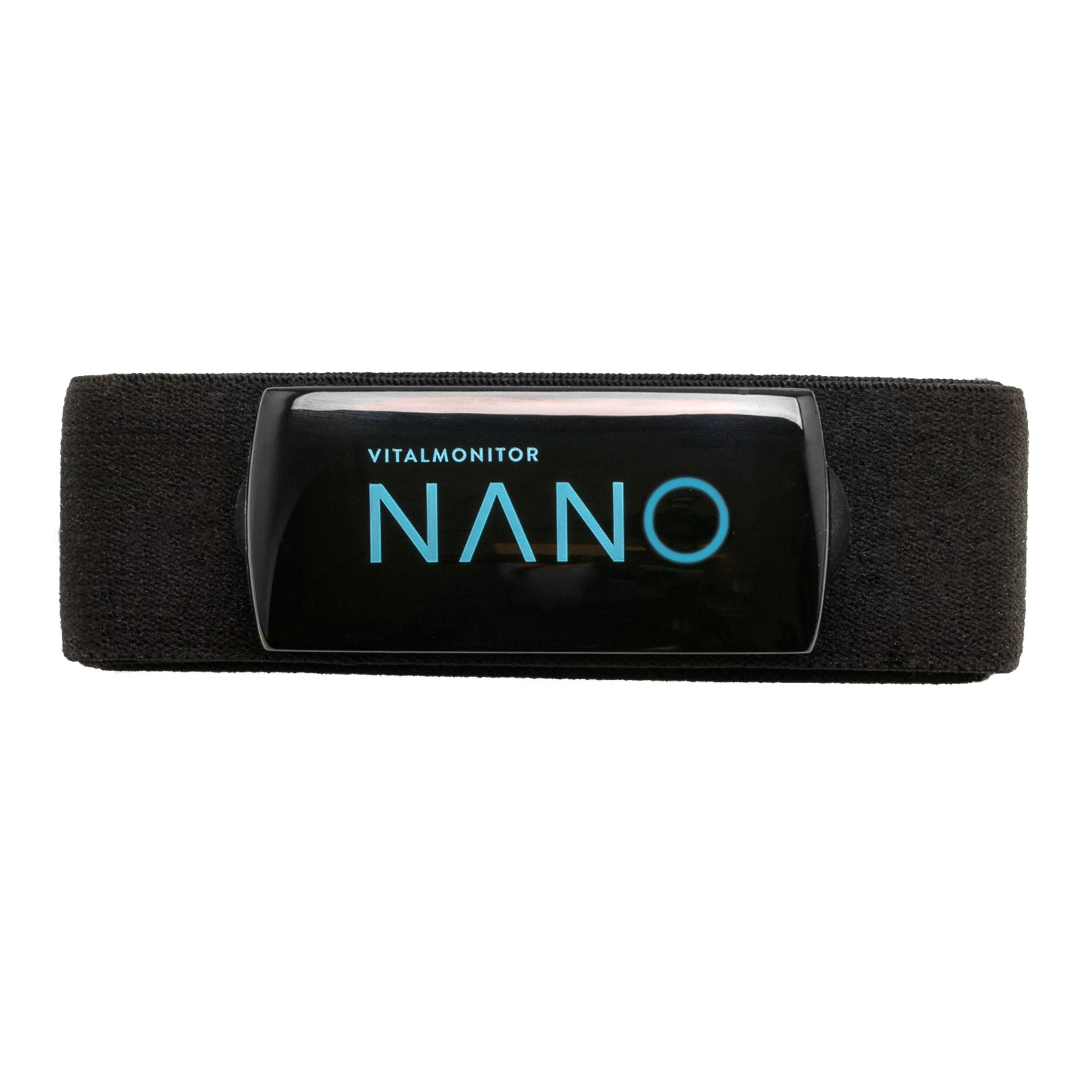
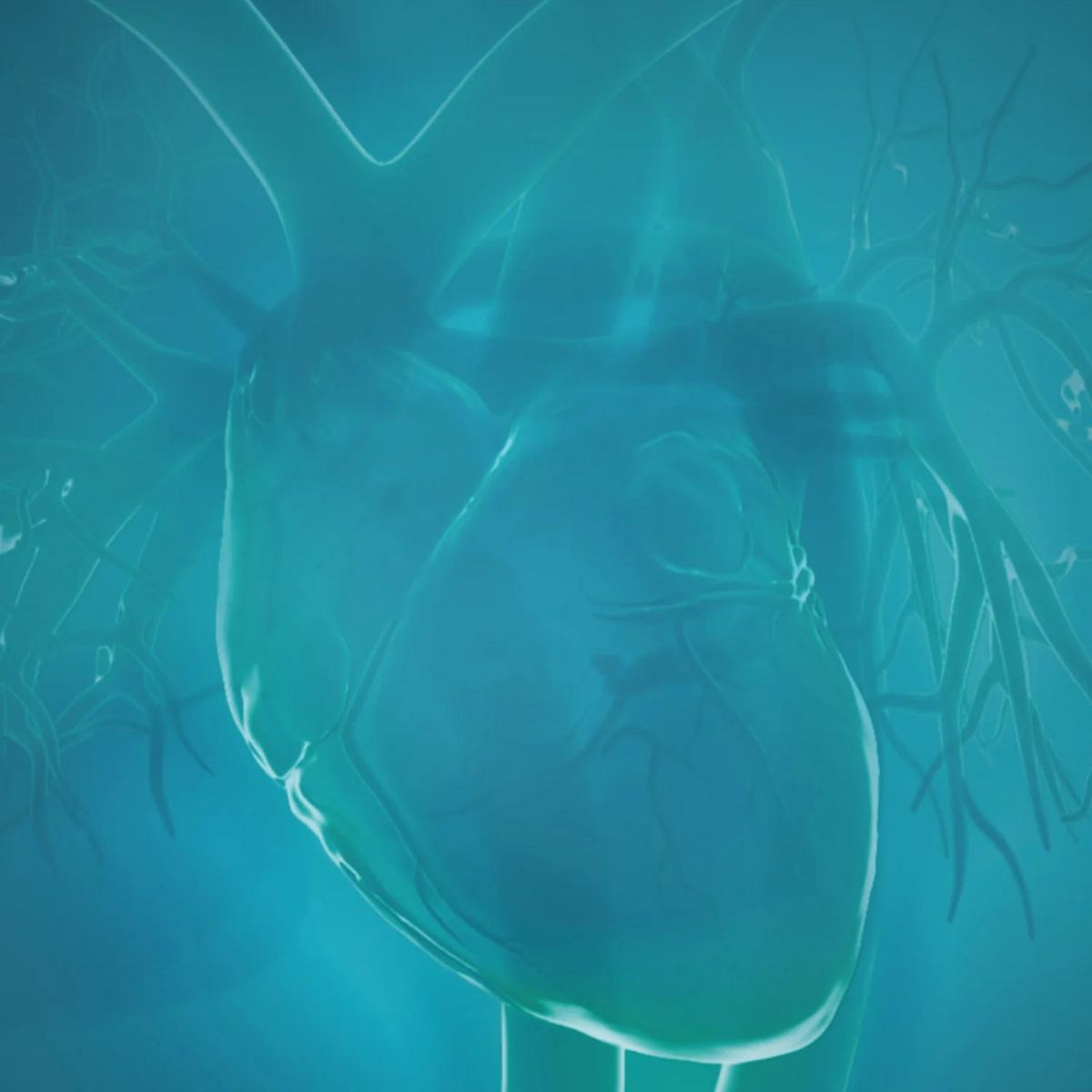

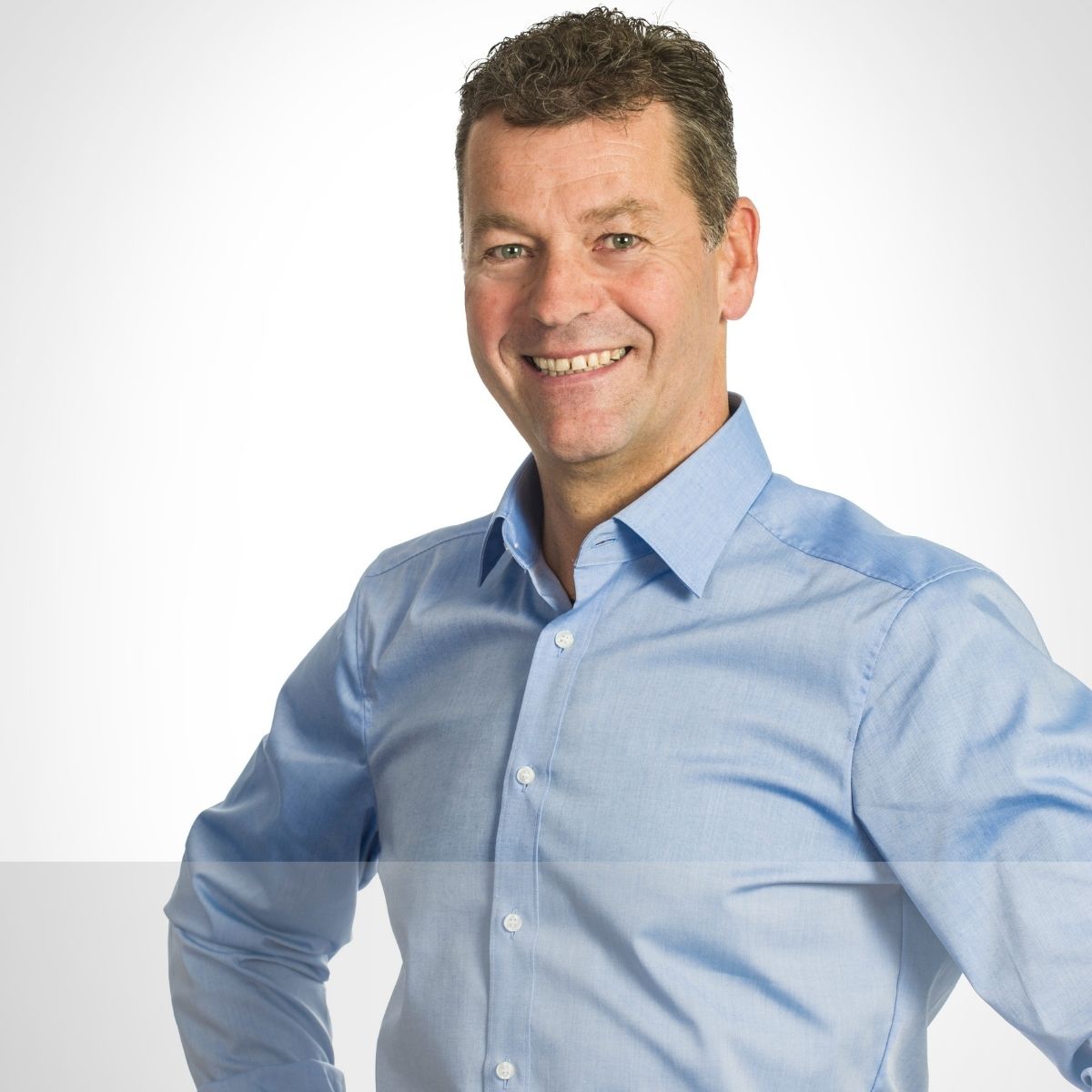
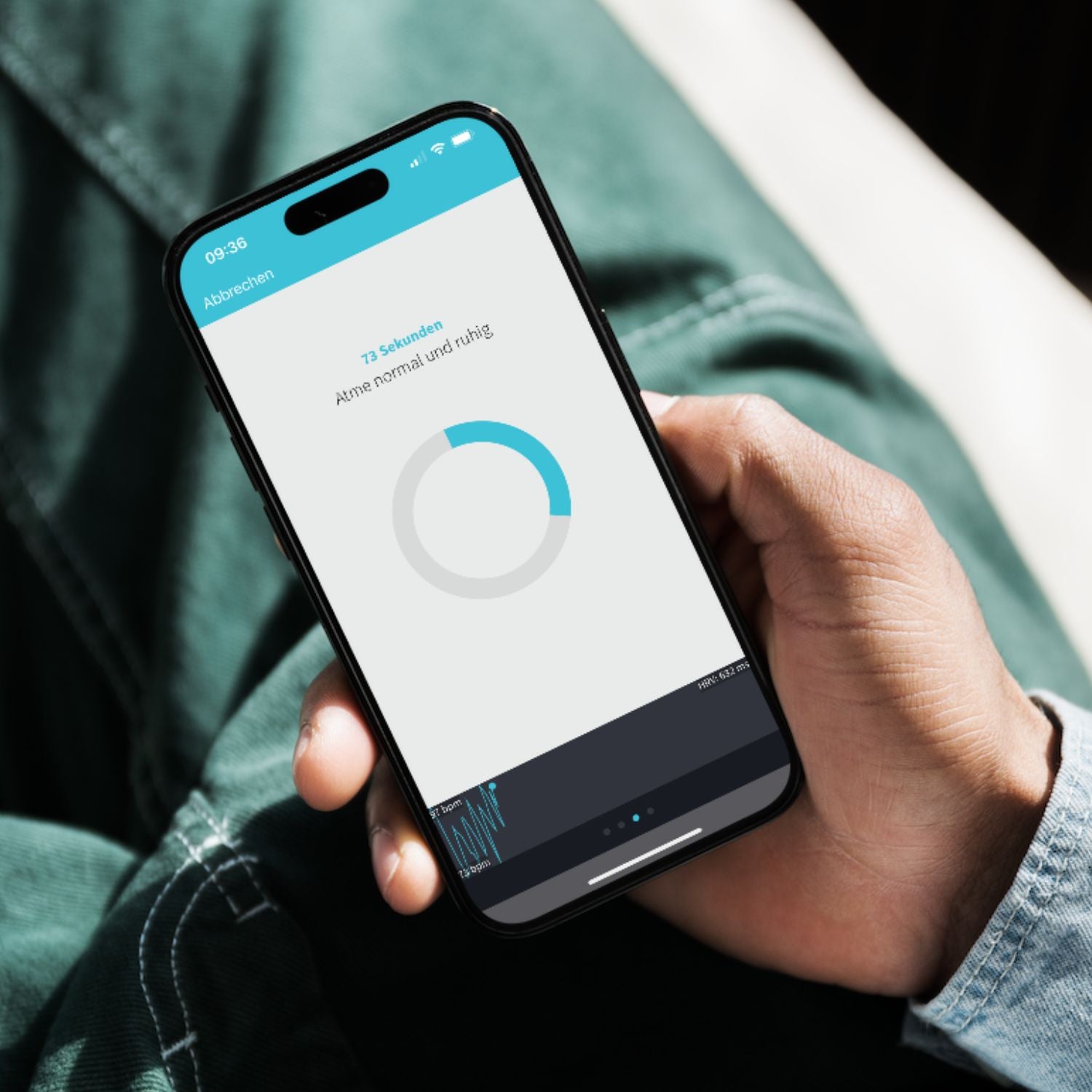

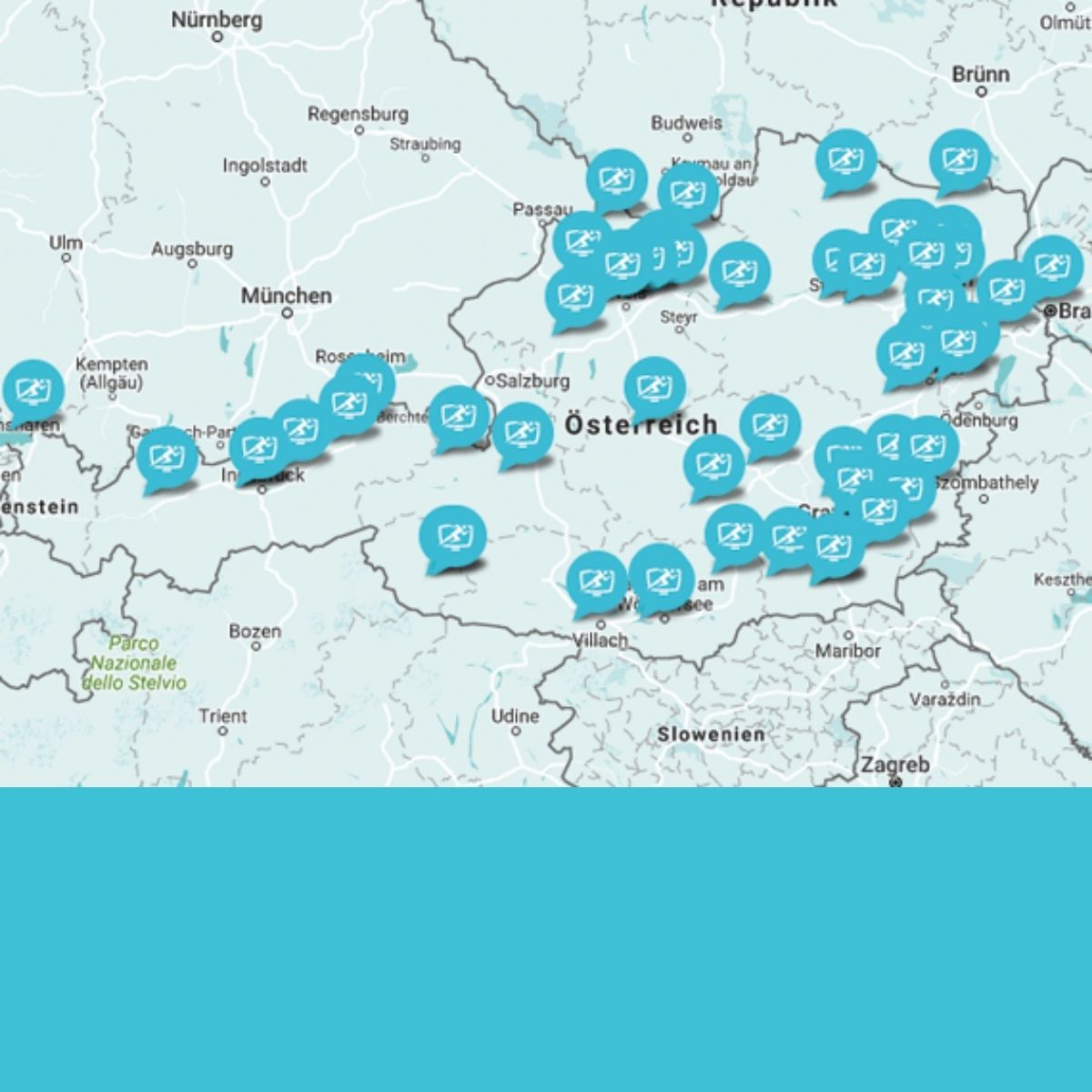


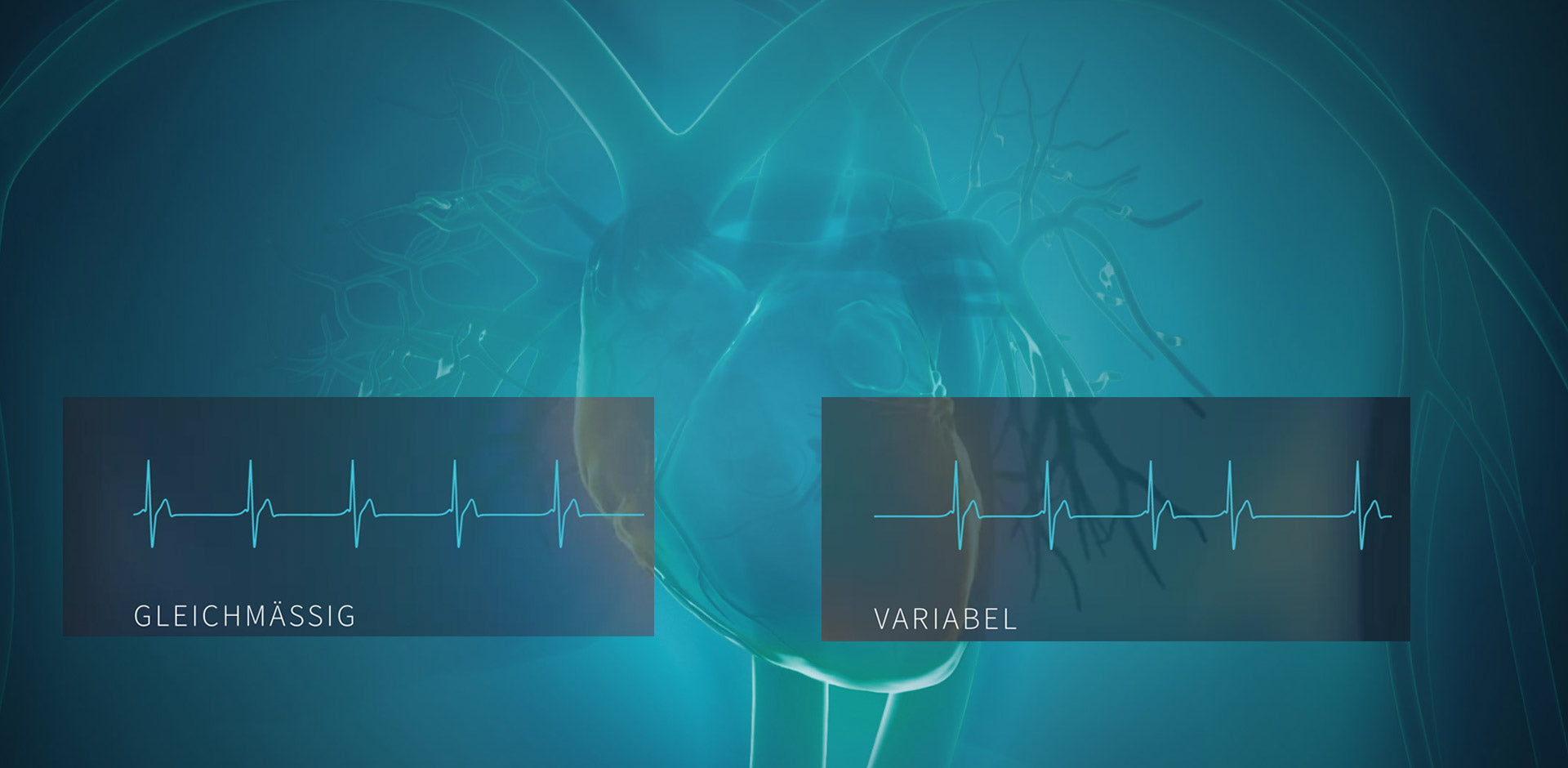
2 comments
Vitalmonitor
Hallo Johann,
über diesen Link: https://portal01.vital-monitor.com/sign-in kommst du ins Portal.
Die Anmeldedaten sind hierbei die gleichen wie in der App.
Liebe Grüße vom Vitalmonitor Team!
Johann
Hallo! Ich weiß nicht mehr, wie ich auf dem PC ins Portal komme!
Bitte um Mitteilung.
Leave a comment
All comments are moderated before being published.
This site is protected by hCaptcha and the hCaptcha Privacy Policy and Terms of Service apply.